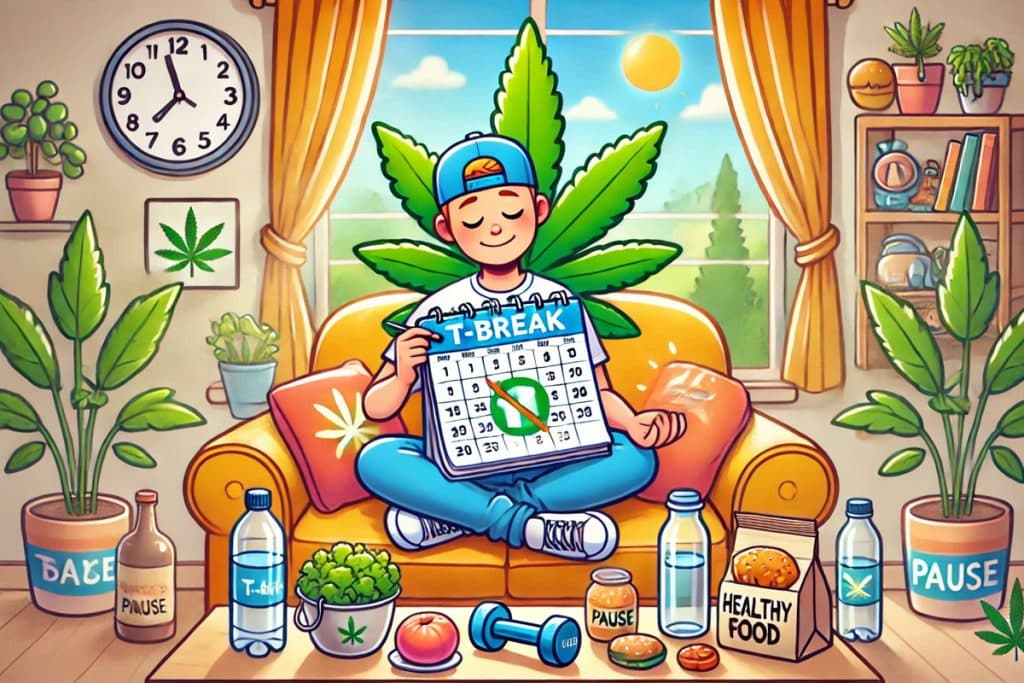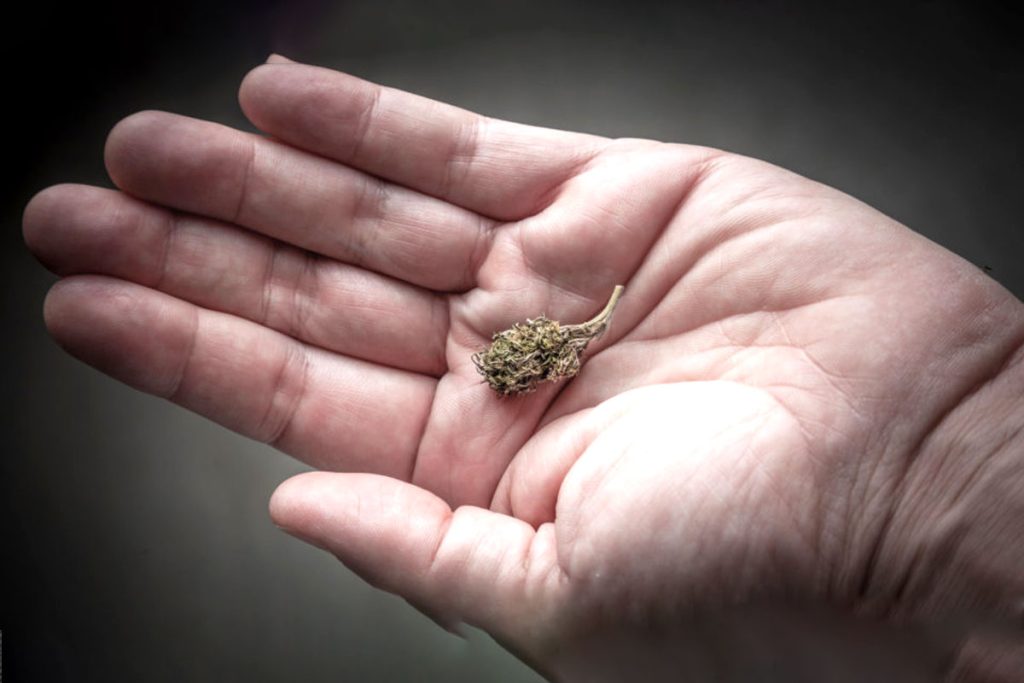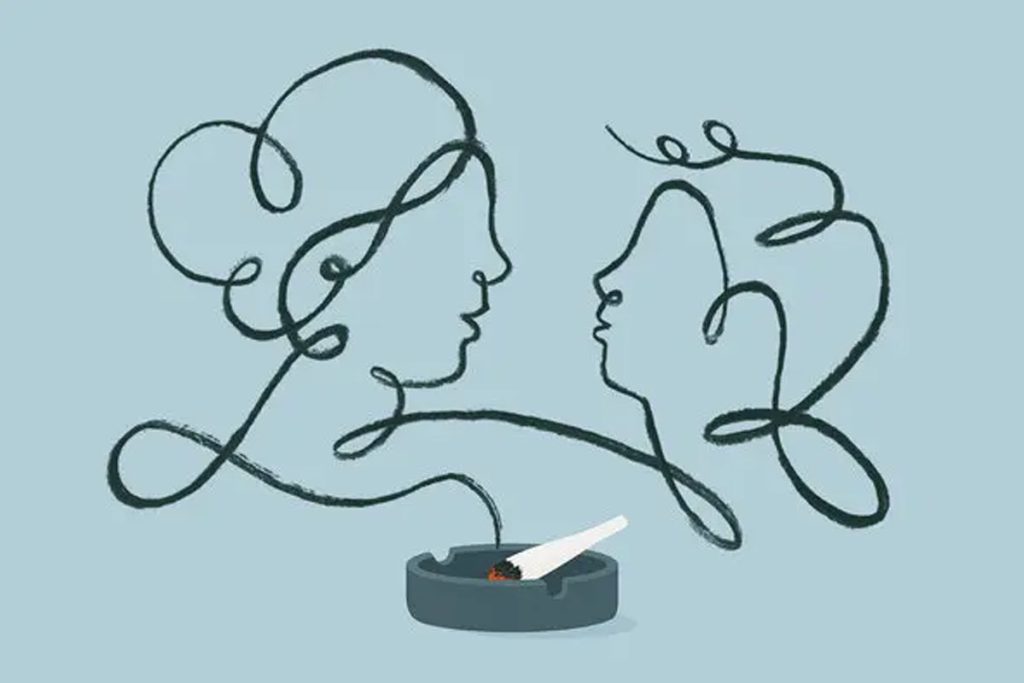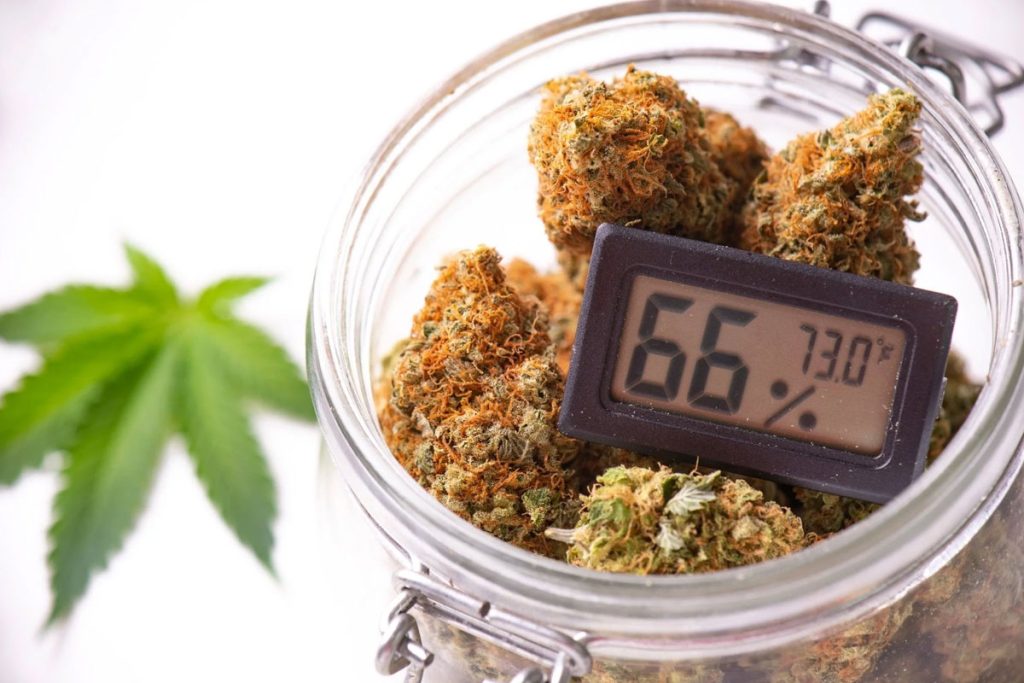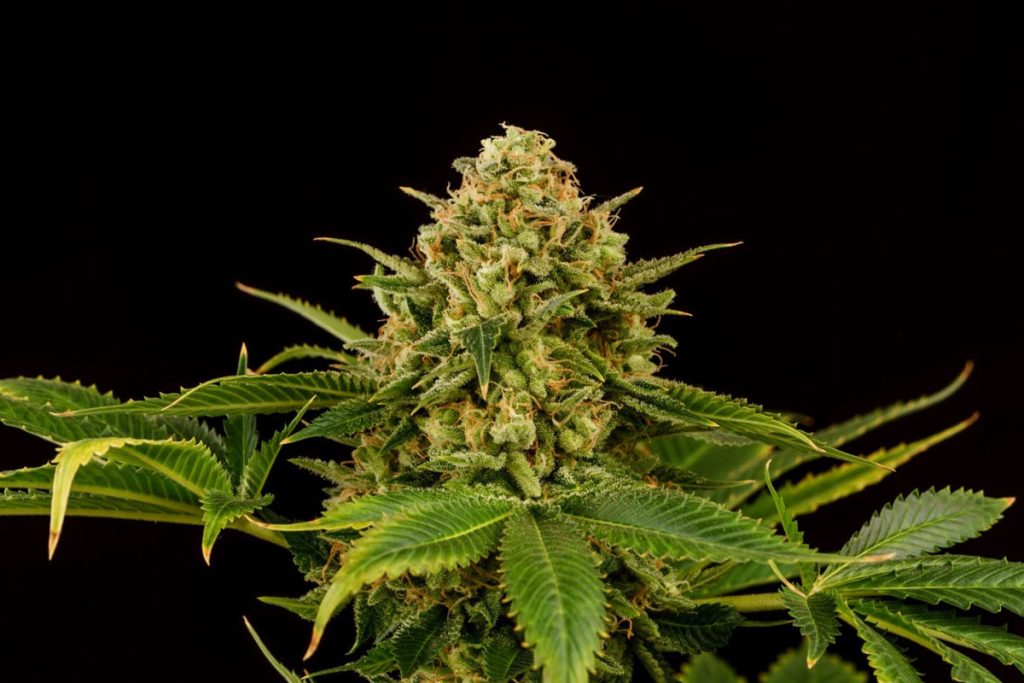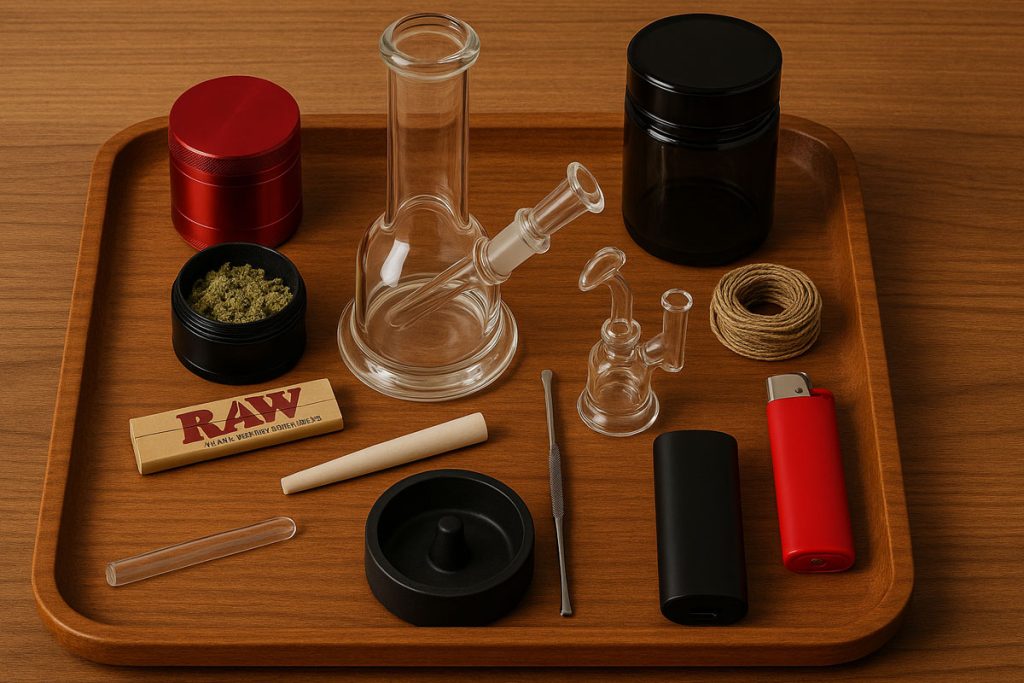A Step-by-Step Process to Sober Up from the High

Need to sober up from being too high? Whether regaining control or preparing for an event, this guide helps navigate the process with expert advice on managing both physical and mental effects. Follow these steps for successful sobering up to feel focused and in control. Explore safe and effective ways to come down from a high.
The Effects of Being High
Being high can affect individuals differently, depending on factors like the substance, dosage, tolerance, and metabolism. Effects may include altered perception, impaired coordination, mood changes, increased heart rate, and cognitive shifts. While some may enjoy the euphoria, there are occasions when sobering up becomes necessary. Whether for responsibilities or regaining mental control, understanding the process of coming down is crucial.
Step 1: Remove Yourself from the Environment
An initial step in the process of coming down involves distancing yourself from the environment where you got high. This minimizes triggers and distractions, establishing a conducive space for sobering up. Whether at a party or at home, finding a quiet, private space is beneficial. If at a social gathering, seek a peaceful corner, and if at home, retreat to your bedroom or a comfortable area to relax and concentrate on sobering up. This change of environment aids in shifting your mindset and signaling to your body that it’s time to come down from the high.
Step 2: Hydrate and Nourish Your Body
Hydration and nourishment are crucial for sobering up. Being high can lead to dehydration, resulting in symptoms like dry mouth and fatigue. Drinking water or electrolyte-rich beverages replenishes fluids and alleviates these effects. Opting for nutrient-rich and easily digestible foods supports the sobering-up process. Avoiding heavy, greasy foods prevents sluggishness and helps manage any digestive issues you may be facing.
Step 3: Engage in Physical Activity
Engaging in physical activity is a great way to sober up. Exercise increases blood flow and releases endorphins, counteracting the effects of being high. Choose a fun activity like brisk walking, dancing, or yoga to elevate your heart rate.
Step 4: Distract Your Mind
To ease the comedown, divert your mind from lingering effects. Immersing yourself in enjoyable activities shifts focus away from sensations or thoughts related to being high. Opt for absorbing activities like reading a book, watching a movie, playing a video game, or exploring creative hobbies such as painting or writing.
Step 5: Practice Deep Breathing and Relaxation Techniques
Deep breathing and relaxation techniques prove helpful in calming both the mind and body, facilitating a smoother transition from a high to a sober state. Being high may lead to an increased heart rate and shallow breathing, which can be counteracted by practicing deep breathing exercises. Inhale slowly through your nose, hold briefly, and exhale slowly through your mouth. Other relaxation methods, such as progressive muscle relaxation or guided imagery, can also be explored. Experiment with these techniques to discover what works best for you in promoting relaxation and mitigating the effects of being high.
Step 6: Seek Support from a Trusted Friend or Loved One
Coming down from a high can be tough emotionally. Finding support from a trusted friend or loved one brings comfort and reassurance. Reach out to someone who understands and can offer guidance, helping you process any emotions. Having a supportive person to talk to adds accountability, keeping you on track with your goal of sobering up.
Conclusion
In conclusion, knowing how to come down safely from a high is crucial. Follow the simple steps in this guide to handle the physical and mental effects and regain control over your thoughts and actions. Mastering the art of coming down lets you enjoy the positives of being high while ensuring your safety and well-being. Sobering up helps you regain clarity, focus, and control, leading to a more balanced and fulfilling life. Explore MMJExpress.cc for your cannabis needs.










